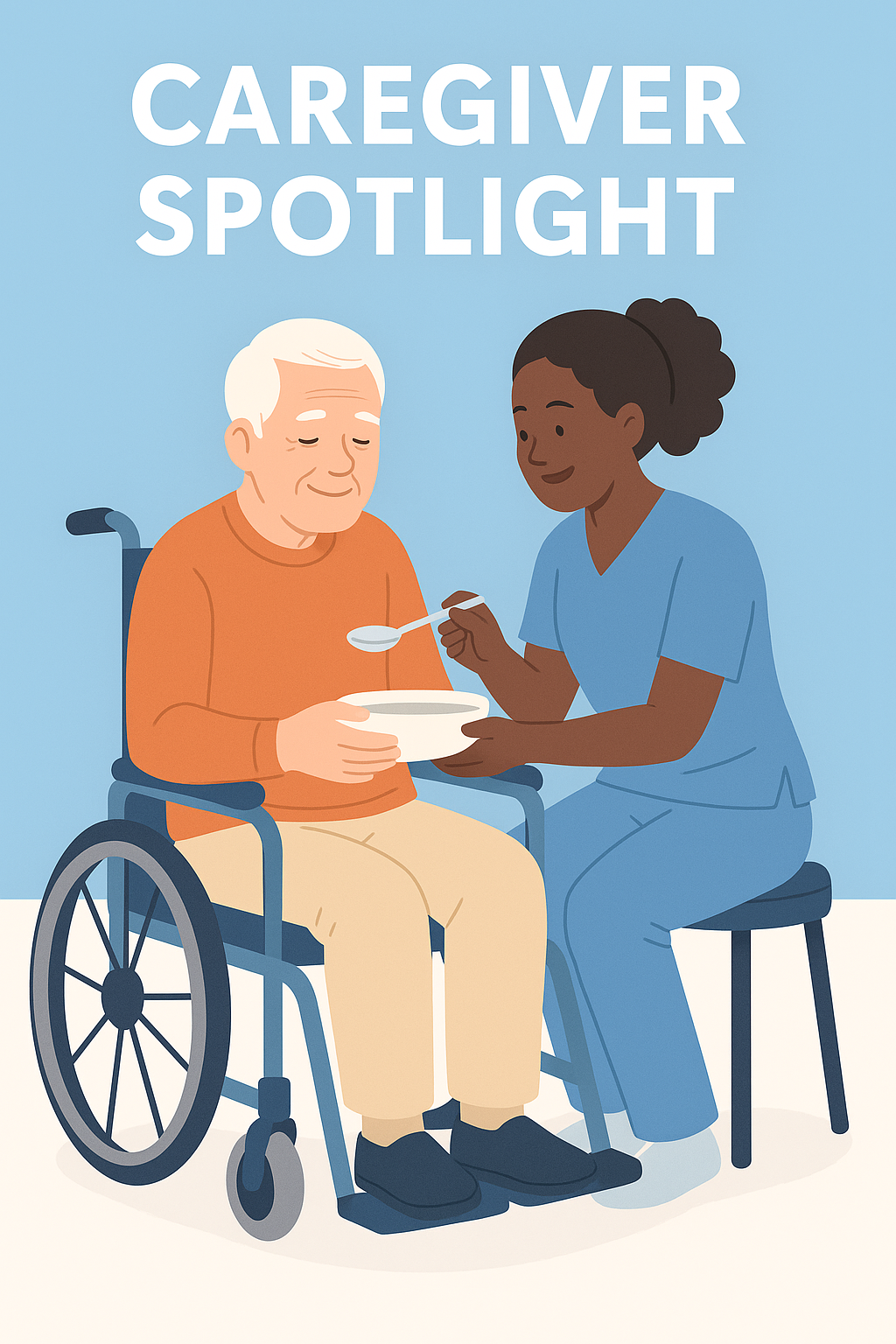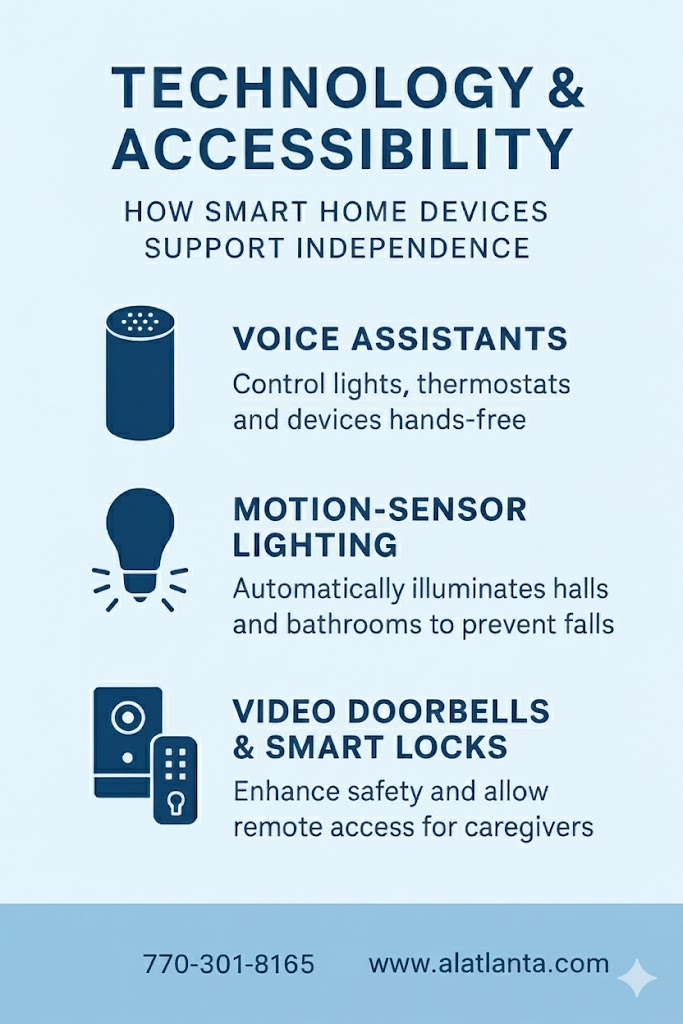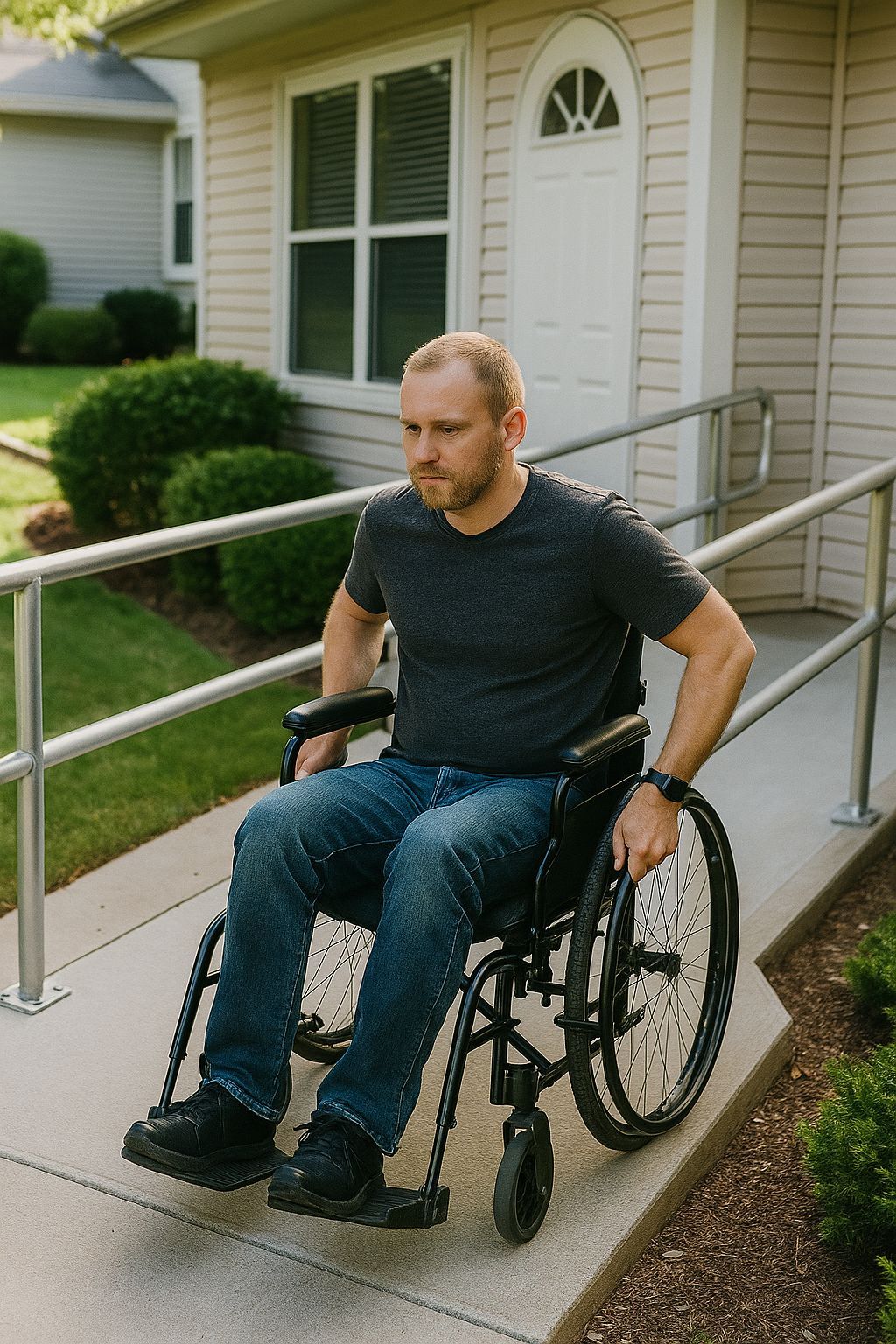What to do, (or Not do), When Someone is Having a Stroke
A stroke is a sudden, potentially catastrophic event. In the blink of an eye, a clot can block a blood vessel that feeds brain tissue, or a blood vessel in the brain bursts. Either way, brain cells are starved of nutrients and oxygen, or damaged by pooling blood, and begin to die. And they go fast — at a rate of about 2 million per minute.
That dying tissue can show up as a facial droop and weakness, often on just one side of the body, or speech and balance problems, among other symptoms. These signs are important to recognize, because if any of them are present, what you decide to do next could be the difference between recovery and severe disability or death.
“It used to be that you couldn’t do much about stroke. But nowadays we can,” says David Miller, M.D., an interventional radiologist and codirector of the Comprehensive Stroke Center at the Mayo Clinic in Jacksonville, Florida. “We can actually do a lot for stroke if we get people to help in a timely fashion.” He says this is particularly true for ischemic stroke, which accounts for about 87 percent of strokes, according to the Centers for Disease Control and Prevention (CDC).
If you think someone is having a stroke
Call 911 immediately. The goal is speed, not only because the brain is rapidly dying but also because the window for certain stroke treatments is narrow. “As soon as you cut the blood flow off to the brain, the clock starts ticking,” Miller says.
Calling 911 does two crucial things: It brings help to your door, and it primes the entire medical system and the nearest stroke team for action. “When you dial 911, you activate a series of protocols that have been created across the United States to shave down treatment time,” says William “BJ” Hicks II, M.D., a vascular neurologist and codirector at the Riverside Methodist Hospital Comprehensive Stroke Center in Columbus, Ohio.
While you wait for the paramedics to arrive, get the person to the floor or the ground, so they can’t fall, and try to keep them calm until help arrives. Some stroke patients will pass out, but many do not, Miller says. “They are just very confused and unable to grasp what’s going on.”
Once the person is safe, write down the following information to give to the paramedics when they arrive:
The time you first noticed the stroke symptoms. Doctors need to know when the stroke occurred to decide how to treat the patient. “We often play detective,” Hicks says. “The real information … that we search for is: When were they last seen normal?”
Any medications you know the patient is taking, and if you believe they have taken them as prescribed. Some medications interact with certain stroke treatments.
Your contact information. The stroke neurologist at the hospital may want to call you to confirm the times the medics give them.
Here’s what NOT to do
Do not drive the person to the hospital yourself. You might hit traffic, and there will be no sirens to clear the way. You might have to park the car, too. And when you do walk in the door, instead of the patient getting whisked into a room, you will first need to explain to the emergency room staff what you think is going on, and it’s possible they won’t agree. “There’s inherent delays that people don’t always appreciate when taking a private car,” Hicks says.
You might even drive to the wrong hospital. Only designated “stroke centers” have the expertise to treat acute stroke, Miller says. Emergency medical personnel have a list of these centers, and they are trained to take potential stroke patients to them. It’s a good idea to find out where the nearest stroke centers are, just in case the first responders aren’t aware.
Stroke centers offer the best, speediest care. “When I first started working on acute stroke, and we were forming a stroke center, we looked at everything that we did,” Miller says, “including moving where we kept the janitorial supplies in the emergency room to clear space and to make a shorter path for us to evaluate patients and get them into the [CT] scanner.” The scans can reveal bleeding in the brain or damage to brain cells so doctors can identify the type of stroke.
Why the need for speed?
The need for speed comes in large part from the fact that the main drug treatment for ischemic strokes, the kind caused by clots, must be given within 4.5 hours of stroke onset, and sooner in some cases. Ideally, doctors give the patient this drug — called tPA for tissue plasminogen activator — within an hour, Hicks says. But any time up to 90 minutes provides “a strong chance we will have minimal symptoms three months from now.” For people in rural areas that don’t have stroke centers, hospitals have begun to use telemedicine to “bring in” help from stroke center specialists via digital cameras and internet connections to more quickly diagnose and get treatment to patients.
If more time passes, there are other options. Up to 24 hours after a stroke, doctors can thread tiny catheters into the brain and either remove the clot with suction or push small metal mesh cylinders called stentrievers into the clot to snag it and pull it out. The technique is standard care for patients who have blockages in large vessels — for which tPA alone is unlikely to work — or for people in whom clot-busting drugs are unsafe for various reasons. In stroke centers, doctors may be aided by artificial intelligence programs that create a map of the brain after doctors inject a patient with a dye and make an image using a CT scanner, Miller says.
In some parts of the country, stroke care comes with the 911 call. Mobile stroke units (MSUs) patrol almost two dozen urban centers. These ambulances carry a portable CT scanner, which can reveal a clot or a bleed. Remote doctors read the scan via telemedicine, and if there is a clot, medics can deliver a clot-busting drug such as tPA on the spot. If the scan shows a bleed, paramedics can, say, lower the patient’s blood pressure and perhaps offer an experimental treatment for hemorrhagic stroke.
For example, a clotting compound called factor VII is being tested as a treatment for this type of stroke in a large nationwide clinical trial called FASTEST (for rFVIIa for Acute Hemorrhagic Stroke Administered at Earliest Time). “That is a groundbreaking study that we’re very excited about that we are doing on both the mobile stroke treatment units and we are doing in the emergency room,” Hicks says.
This treatment’s time window is tight: within two hours of when the stroke presumably struck. One more reason to call 911.
#homeaccessibility #homemodification #homehealthcare #aginginplace #aginggracefully #caregivers #disability #disabilityawareness #wheelchairuser #wheelchairaccessible #spinalcordinjury #physicallychallenged #safetyathome #elderlycare #graytsunami #healthylifestyle #accessiblematters #userfriendlyhome



